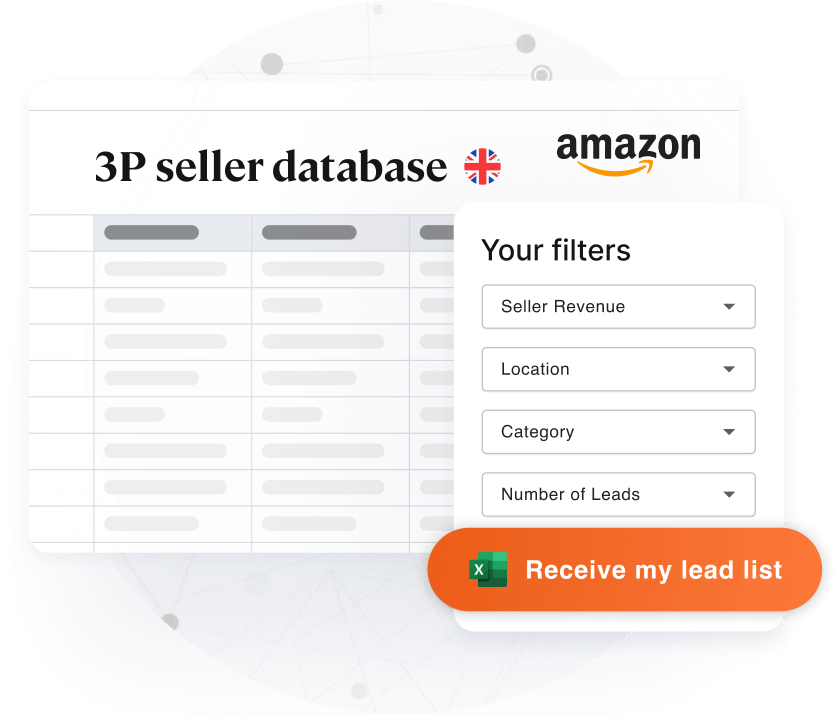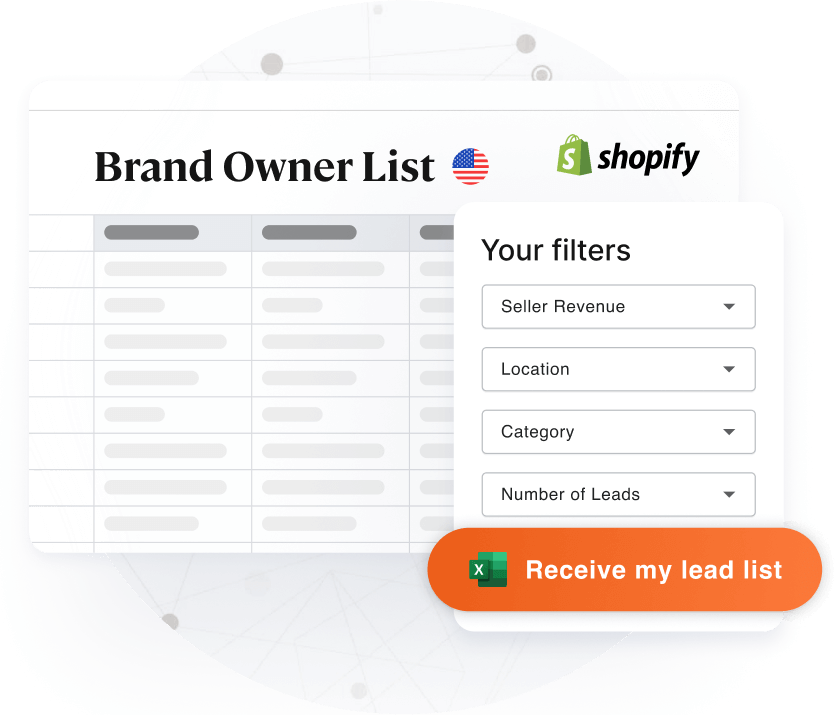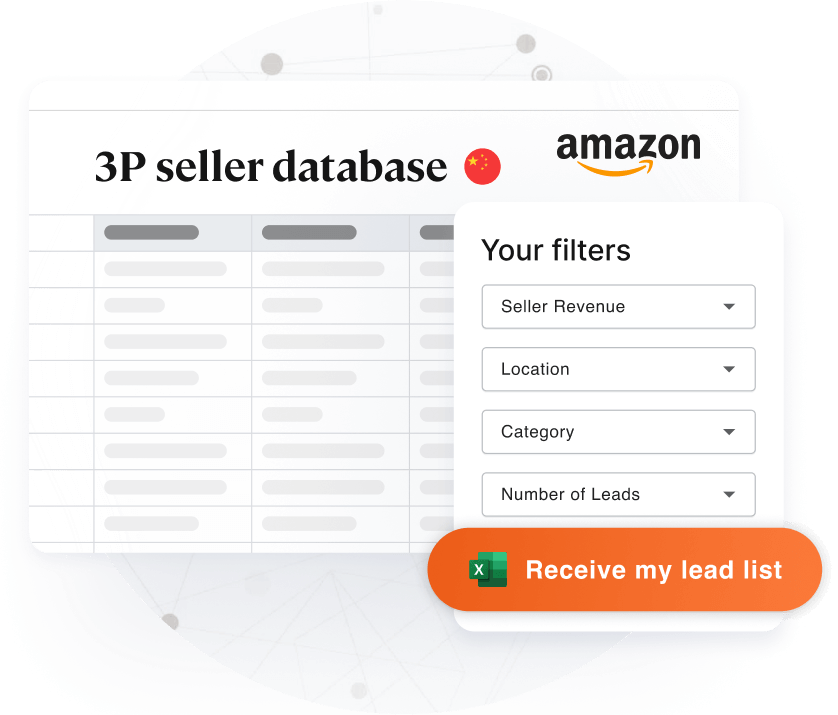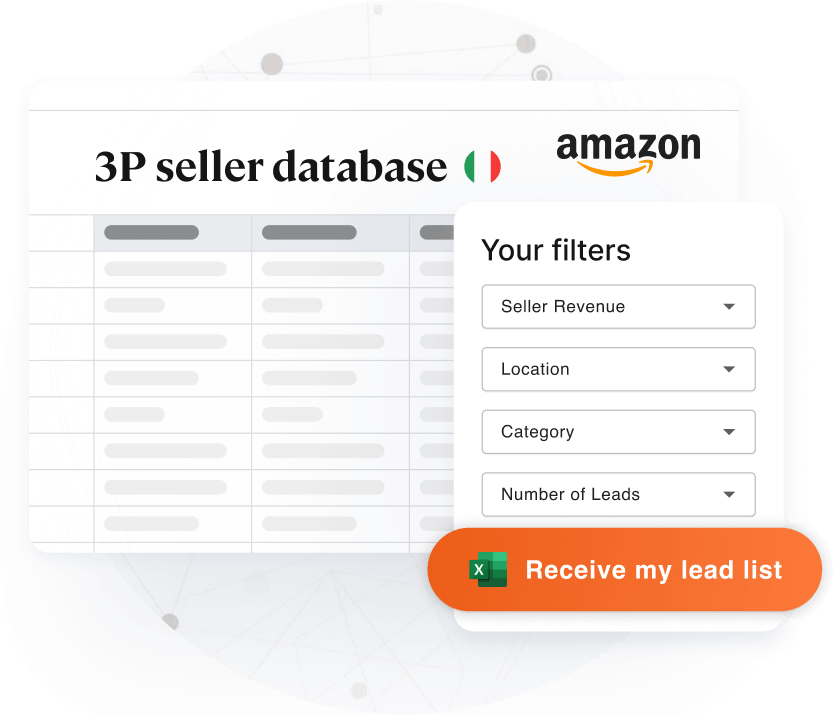As the undisputed leader among eCommerce businesses across the entire globe, Amazon – and more specifically its third-party seller solutions – appeals to an array of traders looking to sell their goods on its vast marketplace. With over 200 million monthly visits from customers located everywhere in the world and 56 percent of its sales generated by third-party sellers and vendors, the potential is indeed immense. But what are these solutions, exactly? What is the difference between Amazon Seller and Vendor? As a professional, how should you choose your own partners between Amazon Vendors vs. Sellers and extend your B2B offers to the right people? Here’s what you need to know about the Amazon Marketplace, and what it can do for your business.
Differences between Amazon Seller and Vendor: How to distinguish between these platforms?
Understanding the differences between Amazon Seller and Vendor is a good place to start for any service provider , as it will allow you to decide which category you would gain the most by doing business with. Once you know the pros and cons in the battle between Amazon Vendor vs. Seller, you might even decide to take advantage of both!
One of the main points of difference between Amazon Seller and Vendor Central is who manages stocks. The former solution demands that sellers handle everything themselves, including customer service. This is ideal for small businesses, and for those who are just starting out and want to go through the Amazon platform to sell their goods straight to the customers. Amazon Sellers can ship their items themselves through the FBM (Fulfilled by Merchant) – also known as Merchant Fulfilled Network (MFN) – scheme or rely on the FBA (Fulfilled by Amazon) solution.
For established brands, Amazon has the Vendor Central solution, where they essentially sell their products in bulk to Amazon. Amazon then covers all the logistics (FBA – Fulfilled by Amazon).
Learning how to recognize an Amazon Vendor vs. Seller is quite simple, as 3P Sellers have their own Seller URL pages and can also have customer storefronts. 1P Vendors, on the other hand, can choose to have a storefront but have no specific page listing their company information. Another easy way to spot a Vendor is that their products always bear the mention “Shipped and Sold by Amazon”.
Amazon Vendor vs. Seller: Which one of these businesses will help me to get maximum profit?
Another major point of difference between Amazon Sellers and Vendors is the sheer number of 3P Sellers registered on the platform. With hundreds of thousands of third-party sellers on Amazon Seller Central, the potential for B2B clients is much larger than with 1P Vendors, who only account for a few thousand businesses.
With that said, there are also discrepancies in terms of the types of companies that subscribe to either solution. Amazon Seller Central professionals are extremely varied, ranging from solopreneurs to mom-and-pop shops, all the way to established Amazon Private Label Sellers, and established companies and household brands. Among them, you will find all kinds of businesses, from tiny sellers with few to no employees, to 8 figure companies who employ thousands of people.
While the 1P Vendor portion is comparatively much smaller, it is mostly made up of established companies and household brands with 50+ employees and over $5M in revenue.
The most profitable approach depends on the nature and size of your own business and on the category of Amazon-registered professionals you are most likely to appeal to.
What is the status of a trader who chooses Seller Central vs. Vendor Central?
In this regard as well, there are differences between Amazon Seller and Vendor. Amazon Sellers are viewed by the customers as independent traders. As such, they tend to take into account product reviews as well as reviews about the sellers themselves when making a purchase. Vendors benefit from the confidence customers place into Amazon, which typically leads to better sales. This aspect is worth considering when selecting lists of companies that you wish to approach with B2B opportunities in mind.
The Pros of working with 1P Amazon Vendors
When selecting your Amazon Vendor vs. Seller partners, it’s important to think about the differences between Amazon Seller and Vendor in terms of pros and cons, not in general, but in how these potential partners align with your business in particular.
Amazon 1P Vendors tend to be larger, established companies that handle high volumes of sales (or have them handled by Amazon itself).
Find out more about our Amazon Vendors List
The Cons of working with 1P Amazon Vendors
Because 1P Vendors are larger structures, they are often well optimized in terms of logistics and have an existing network of partners who answer their every need. This means that they can be slower to implement changes and less open to new opportunities. In other words, they could be less approachable, unless what you have to offer aligns with well-identified aspects of their processes that you can help them improve in concrete ways.
The Pros of working with Amazon 3P Sellers
The most significant difference between Amazon Seller and Vendor is also the main reason why you may prefer to stick with Seller Central when looking to contact companies to present them with new B2B opportunities. Because of the higher volume and array of possibilities, many professionals choose to turn their attention to 3P Sellers and still don’t have to face very fierce competition (depending on their industries, of course). Small start-ups also tend to be on the lookout for new partnerships that could foster growth.
Find out more about our Amazon Sellers List
The Cons of working with Amazon 3P Sellers
Because many Amazon 3P Sellers are typically younger, smaller structures, they often have a lesser budget at their disposal. This doesn’t mean that they are not open to proposals on the part of B2B providers, but such partnerships may imply smaller contracts.
While opinions may vary as to which types of businesses you should target, the differences between Amazon Seller and Vendor can clearly be established in terms of strengths and weaknesses. Each category is genuinely better suited to the needs of certain types of providers. Look at the size and scope of your own operations, consider the products and services you offer, and make sure you understand the needs of your targets before you approach them.






